This post may include affiliate links. Thank you for your support.
Learn how to build a healthy salad that’s delicious, satisfying and large enough to enjoy as a meal.
I hate to sound like a broken record, but I want to give a little salad background for those that are new around here. It’s no secret that I love salads. I try to eat at least one a day and I often suggest the idea of a daily meal-sized salad to my health coaching clients as well. I could spout off a variety of nutritional benefits of eating one large salad a day, but we’re all pretty much aware of the that eating lots of veggies is healthy, right? So what I want to talk about today is HOW to build healthy salad. One that is delicious, satisfying and large enough to constitute a full meal.
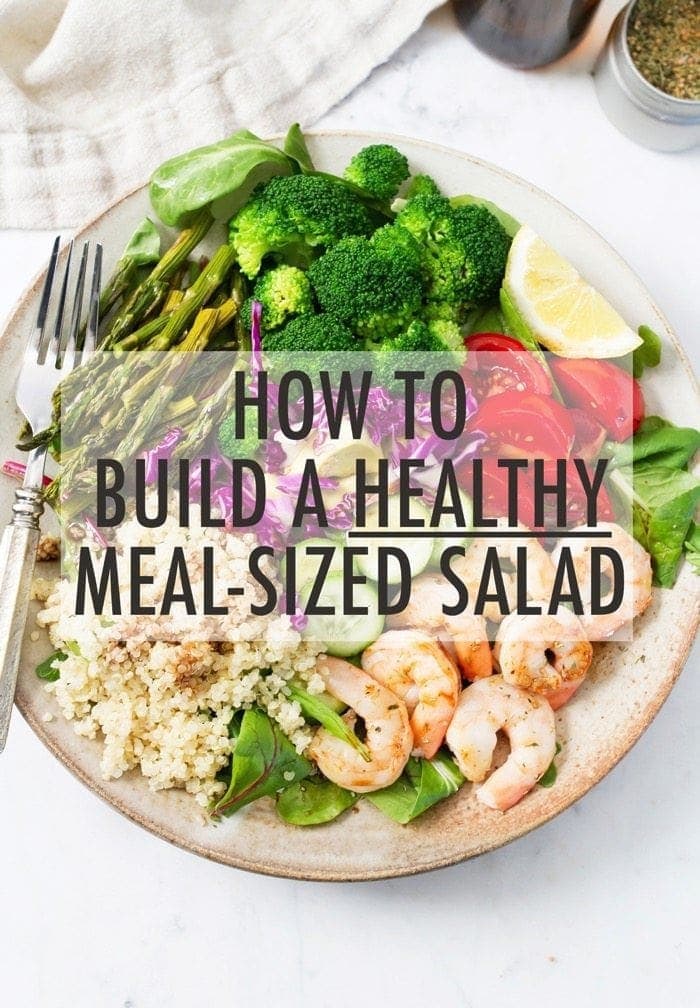
There are few important components to think about when building a meal-sized salad. The first is making sure the salad is filling — both in size and nutrition. You can’t eat a small bowl of lettuce, tomatoes and carrots and expect to feel satisfied or full an hour later.
If you’re having salad as a meal it needs to be substantial in size (size definitely matters, especially for volume eaters) and you’ll also want to make sure the salad has enough calories to constitute a meal. Around 500-600 is a good place to start.
The second piece of the puzzle is making sure the salad is satisfying. To do this you want to make sure you have a good mix of macronutrients — protein, healthy fat and smart carbs — as well as a variety of flavors and textures. I find that the toppings make all the difference. I love adding something crunchy along with something semi-sweet. These two additions make salads really satisfying to me. Find out what toppings make salad satisfying to YOU and roll with it.
Of course, salads can easily turn into a unhealthy meal if you’re not careful with the toppings. Restaurants are the worst about this! Just be mindful about what you add and the portions. It can be helpful to measure some of the more caloric items (like cheese and nuts) just so you don’t overdo it.
Here’s my basic recipe for how to build a healthy salad. You can use this little guide when you’re building salads at home, but also when you’re at a salad bar or ordering from a restaurant menu.
Start With a Base of Fresh Greens
There are a ton of different leafy greens to choose from. Here a few favorites:
- Arugula
- Baby spinach
- Butter lettuce
- Chard
- Kale
- Mixed greens
- Mico greens
- Romaine
Add at Least 2-3 Veggies
Your options are endless with this one. Feel free to load your plate up and the more colorful the veggies, the better. Raw vegetables are great and add a nice crunch, but if you want to add a variety of flavor and make the salad extra satisfying I recommend adding some cooked vegetables as well. Grilled or roasted veggies add a nice charred, caramelized flavor while steamed or blanched veggies add a variety in texture.
Pickled veggies are great for adding a hint of sweet/sour flavor while fermented veggies, like sauerkraut and kimchi, give you added probiotic benefits. Although not necessarily a veggie, fresh herbs are a great way to boost the nutrition and flavor of a salad as well. Try adding chopped basil, dill, parsley or other fresh herbs into your salad mix.
Add a Protein
This one is easy! Pick your favorite healthy protein option and load up. The serving should be about the size of your palm. Some options include:
- Grilled chicken or turkey
- Tuna
- Shrimp
- Salmon or other fish
- Tofu
- Tempeh
- Edamame
- Cottage cheese
- Beans
- Quinoa
Add Smart Carbs
Don’t fear carbs! Skip the processed carbs and load your salad up with a serving of whole grain, real food carbs. Aim for 1/3 – 1/2 cup serving.
- Beans and quinoa (they count as both protein and carbs)
- Grains (rice, millet, freekah, barley, etc)
- Starchy veggies like sweet potato or winter squash (I highly recommend sweet potato croutons)
- Fruit (berries, grapes and chopped apples are great, but any type of fruit works)
Toppings to Add Extra Flavor + Texture
This is where the healthy fats come in and there are so many options. The serving should be anywhere from 2 Tablespoons to 1/4 cup.
- Avocado
- Cheese (I recommend crumbed feta, gorgonzola and goat cheese)
- Hummus
- Nuts (almonds, walnuts, cashews, etc.)
- Seeds (sunflower, hemp, chia, flax, etc.)
Dress it Up
Homemade dressing is so easy and it’s really the best option when building a healthy salad. If you don’t have time to make a dressing, simply stick with something simple. Maybe a little oil, vinegar or citrus juice, salt and pepper. You can also use things like salsa or hummus as a dressing of sorts.
If you’re going to go with store-bought dressing look for one without a ton of sodium, preservatives, sugar and fat. If I buy store-bought dressings I look for those in the produce section that have a short ingredient list, less than 50 calories per serving (which is typically 2 Tablespoons) and under 5g of sugar and fat.
To make the salad making process really easy it can be helpful to buy pre-chopped veggies as well as cooked protein options (like canned beans) OR spend some time on Sunday prepping these things yourself so you’re ready to go when it comes time to toss the salad together.
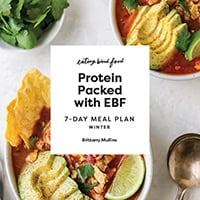
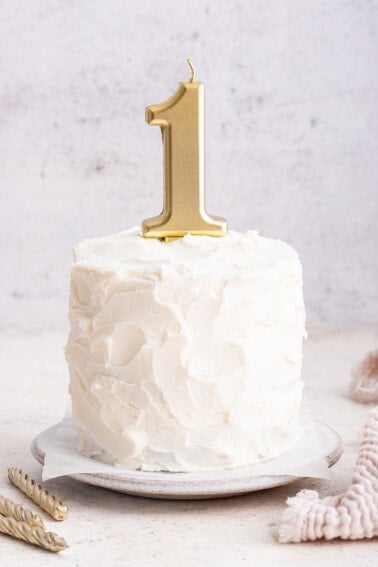
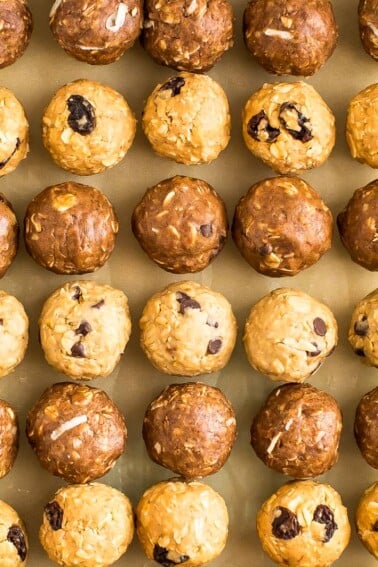
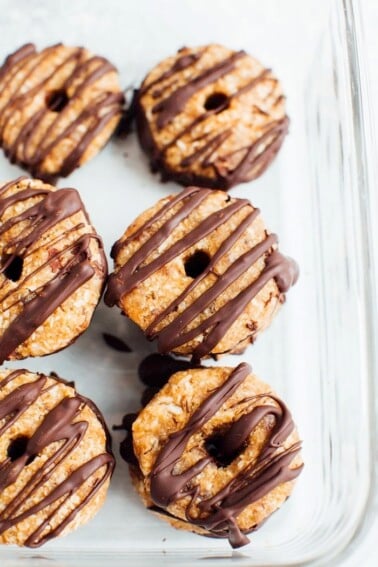
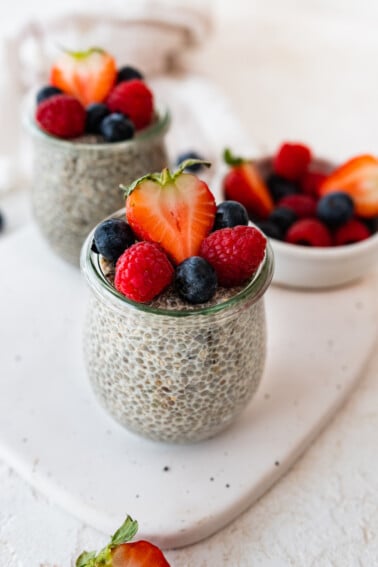
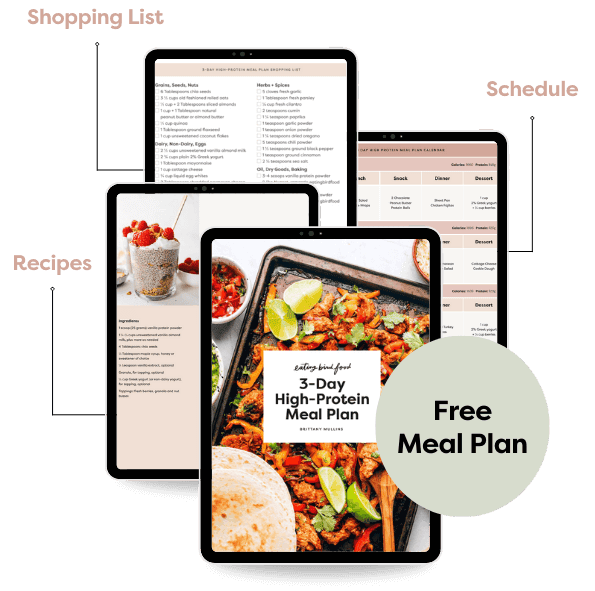






I started having a plate of salad for lunch each day about 6 weeks ago. It’s great to read your post because it gives me more ideas on what to include. You’ve reminded me to add quinoa to my salads! At the moment I really like adding beets to my salads and sometimes chickpeas.
Definitely my salad staples! For me, making sure I have a healthy fat (avocado or tahini are go-to’s), sometimes a carb (quinoa or sweet potato) and definitely a variety of veggies! I like added shredded or roasted beets and zucchini, and lately have been adding sauerkraut and using babaganoush as dressing.
this is great info. Just one comment…quinoa is a complete protein, not a grain. It is actually a seed and kin to spinach.
Good point! Thanks ReGina.
Great post! I love a monster salad at lunchtime. Everyone always comments on how healthy it looks, but it’s a bonus when they say it looks colourful and tasty as well!
Nuts are one of my favourite toppings but I’ve just started experimenting with seeds and they make things really interesting.
I think my next adventure will be mixing fruit and cheese. Love a bit of sweet & savoury!
Salad in the summer is my go-to meal. We make these huge salads and top them with grilled pesto chicken -so good! I never think to add a spoonful of cottage cheese to my leafy salads but this must change. It sounds so good now!
I love the idea of using kimchi! That really sparks my imagination for different flavor combos! Mmm, like with grilled steak or something meaty along with it. Great post and I totally agree on all fronts.
Great post, canned beans and tempeh are my go to’s for adding hearty protein.
Perfect options for plant-based eating!!
I do this for lunch just about every day and love it! It’s always different but follows your format :). My favorites are avocado, sunflower seeds and my latest obsession, sauerkraut. I just can’t get enough of it! Thanks for the inspiration :).
On a different note, I just want you to know I think about you often! I didn’t have my period for two years and my doctors ran tons of tests. We finally figured it out and I got on track. I know it’s super frustrating and don’t know where you are on your journey, but just wanted you to know you aren’t alone 🙂 xoxo
Avocado, sunflower seeds and sauerkraut are some of my favorites as well!
Thank you so much for sharing your story. It’s awesome that you were able to figure everything out and get back on track! I’m still working it. 🙂
Great tips! Will definitely keep in mind as I tend to never really be full from salads. I tend to need hot food items as a meal for it to register. But I’m definitely looking forward to trying out some of the salads you’ve listed. 🙂
The key for me to have salads keeping me full is adding protein. Goat cheese is amazing on salads too!
Totally agree! Protein is essential. And yes, goat cheese is one of my favorite cheeses to use on salad!!